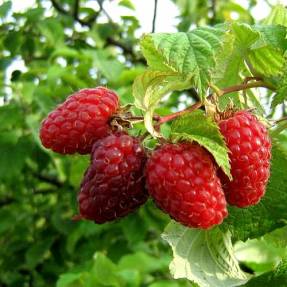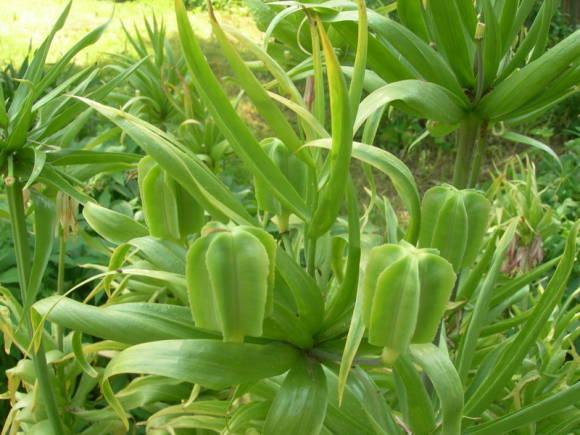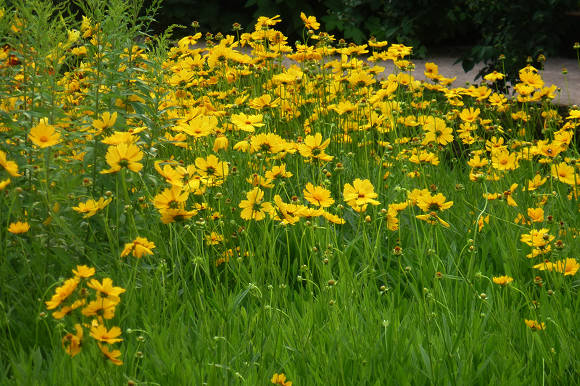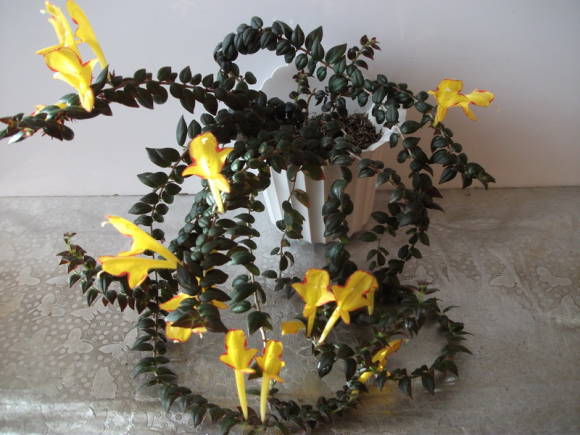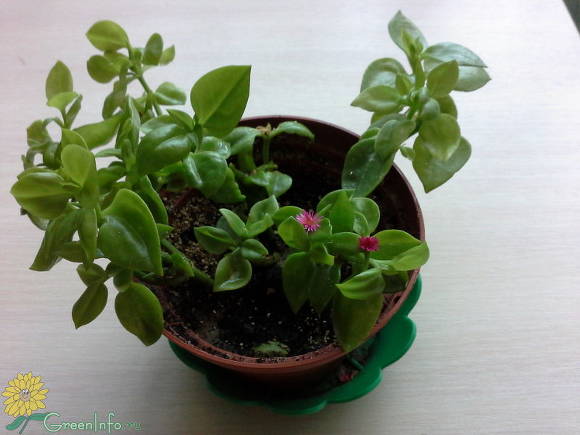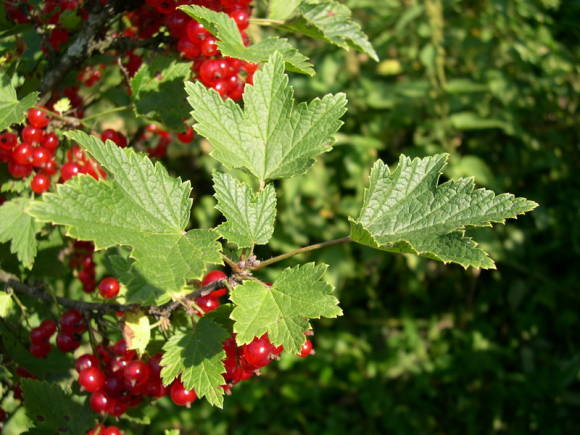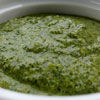Thanks to its undoubted advantages - high decorative qualities, versatility of use and unpretentiousness - Waller's balsam has found wide application for the production of pottery products and containers. Modern hybrids are compact, do not stretch even with fluctuations in temperature and humidity, which makes it possible to increase the yield from 1 m² when growing seedlings. In addition, the seeds of these hybrids have high (up to 95%) and simultaneous germination.
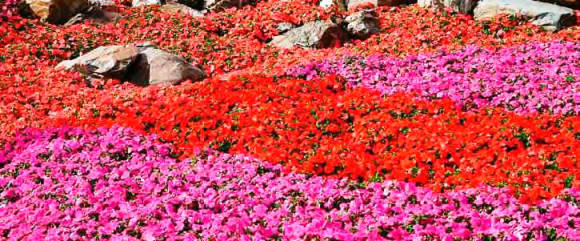
Due to the huge variety of flower colors and the ability to grow both in the shade and in the sun, Waller's Balsam (Impatiens walleriana syn holstii, sultani) "Classic" plant for hanging baskets. In a flower garden and container, it is relatively resistant to hot, dry weather. Varieties and hybrids with double flowers, propagated both by seeds and cuttings, are especially attractive to buyers.
Varieties and hybrids
Seed hybrids vary in height, bush shape, flower size and shape, and in relation to light. There are hybrids that grow well in bright sun, as well as more shade-tolerant and intermediate ones. In catalogs, seed propagation hybrids are most often divided into non-double and double. Hybrids with strongly double flowers, as well as non-double flowers with an ampelous stem, are propagated vegetatively.
Non-double hybrids
F1 Accent Series - well-branching plants 25–30 cm high with large flowers. They remain unsurpassed for use in large containers and flower beds as they are cover the soil well and bloom profusely. However, with excessive moisture, in a strong shade and with an excess of nitrogen, the plants stretch out. The series includes many single and multi-color colors, but their number varies from year to year.
F1 Accent Premium Series - Plants of 9 colors with large, high quality flowers and vigorous growth in the garden. They are uniform in terms of flowering time and branching is more pronounced. More suitable for 10 cm pots and large containers. Resistant to cool temperatures.
F1 Advantage Series - a very compact (23 cm high) series of plants with 10 colors resistant to high temperatures. The color is better preserved in full and partial shade.
F1 Campos Series - compact, early and abundantly flowering, well-branched, uniform plants, resistant to high temperatures. The series includes plants of 11 one- and two-color colors and special mixtures.
F1 Campos Trio - plants with similar characteristics F1 Campos Series... The unique novelty offers placement in the 1st cell of 3 seedlings of different colors: red, white and dark pink or red, white and purple.
 |  |  |
F1 Carnival Series - one of the most compact and low (12-15 cm high) series, which includes 17 colors, including those with a unique metallic sheen. Plants are very resistant outdoors.
F1 Expo Series - Plants 20–25 cm high and 30–35 cm wide, early flowering (7–8 weeks); flowers are large. The series is distinguished by its resistance to changing conditions in the open field and especially to low night temperatures.
F1 Impreza Series - Plants are short (15–20 cm), but wide (30–35 cm), which allows them to grow quickly without stretching upwards. The series includes abundantly flowering hybrids of 10 colors (including with an eye), suitable for growing seedlings with high density. Suitable for hanging baskets.
F1 Super Elfin Series - plants with early flowering, compact (20–25 cm high), suitable for flower beds in sunny places.
F1 Super Elfin XP Series - Plants 20–25 cm high and 30–35 cm wide. The series includes 18 colors with a white or bright spot in the center of the flower. Great for shady locations.
F1 Tempo Series - compact plants with a height of 28 cm, with a large set of one- and two-color colors (24 hybrids). Recommended for planting in shade and partial shade.
F1 Vitara Series - plants are powerful, early flowering. There are 4 specially selected colors - light pink with a dark pink eye (Bright Eye), apricot with a bright red eye (Peach Butterfly), red with a white star (Red Star) and light pink with a dark pink edge (Rose Picotee), - as well as a mixture of colors with white stars (Star Mix).
 |  |  |
F1 Xtreme Series - Plants 20–25 cm high, characterized by compactness, good branching and poor response to changes in temperature and humidity. The series includes more than 10 colors, as well as mixtures, and is one of the best for growing seedlings and flower beds in open areas.
Terry hybrids
F1 Athena Series - a new series with semi-double flowers for the industrial production of seedlings. Plants 25–30 cm high, growing well in width, having 5 colors with spots and stripes.
F1 Fanciful Series - Plants are compact (25–30 cm high and 35–40 cm wide), with semi-double flowers, 6 colors.
These two hybrids are stable when grown in containers, hanging baskets and outdoor flower beds.
F1 Victorian - tall (30–35 cm) plants with beautiful semi-double, slightly corrugated pink flowers. Recommended for hanging baskets.
Vegetatively propagated varieties
Fiesta Series - well-branching plants, 30–40 cm high with large, double flowers. The varieties are stable outdoors, suitable for flower beds, pots, containers and hanging baskets.
Fiesta Ole Series - low, compact plants (for 10-11 cm pots) with large double flowers.
 |  |
Diadem Series - very terry balsams with compact growth, for balconies and containers. The flowers are monochromatic and bicolor (12 colors), located above the foliage.
 |  |  |
Modern technology for growing seedlings from seeds
Sowing
Sowing of tall hybrids intended for large hanging baskets begins in late March - early April. In April, sowing hybrids for pots and containers. And at the end of April, you can sow early flowering hybrids for cassettes, which are supposed to be planted in flower beds.
To obtain compact, fast and abundant flowering seedlings, it is necessary to maintain a balanced substrate moisture and avoid temperature fluctuations. Medium-sized balsam seeds: 1 g –1 250–2000 pcs. With a high germination capacity of most heterotic hybrids, 1,100–1,200 plants are required to obtain 1,000 plants. seeds. The highest germination rate is with specially prepared seeds (primed). In addition, the seedlings obtained from them bloom faster.
Seeding cassettes with 512 cells and larger are used for seeding. The substrate for balsam should be almost neutral (pH 6.2–6.5) - at higher acidity, the yield of seedlings decreases due to their death after germination. The moisture content of the substrate during sowing is very high, the humidity of the air is about 100%. Seeds are lightly sprinkled with vermiculite or left open (in germination chambers), because low illumination (100–1,000 lux) promotes germination.
For friendly germination of seeds, it is necessary to maintain a temperature of 22 ... 24 ° С. At temperatures above 25 ° C, germination stops, and at temperatures below 21 ° C, the speed and uniformity of emergence of seedlings decreases. Temperatures below 18 ° C can cause death of the primary root and deformation of the 1st leaf.
Under optimal conditions, seedlings appear in 3-5 days. After that, the moisture content of the substrate is gradually reduced: on the 3rd-7th day - to a very wet state; on the 4-10th day - to moderately wet; after the 11th day and until the cotyledons are fully deployed - to slightly moist. With the help of ventilation, the air humidity is maintained at 40–70%.
Seedling care
The optimum temperature for seedlings remains the same as for germination - 22 ... 24 ° C, while it is important not to allow it to fluctuate. At temperatures below 18 ° C, in combination with the high humidity of the substrate, the roots of the seedlings rot and the leaves turn yellow. Watering in the second half of the day is especially unacceptable. the moisture remaining on the seedlings promotes rotting of the stems, and the presence of roots in water for 4 hours leads to their death. Illumination at this stage should be 20,000 lux.
After unfolding the cotyledons, seedlings are fed with calcium nitrate (14: 0: 14) at a weak concentration of 0.0025–0.0035% (25–35 ppm in nitrogen). Phosphorus in top dressing during this period is not needed - its excess can cause the seedlings to be pulled out.
After the appearance of the 1st true leaf, it is still important to maintain a balanced moisture content sufficient for growth. Seedlings are watered abundantly only when the moisture content of the substrate becomes low, while avoiding prolonged and strong drying (until wilting), because this causes yellowing of the leaves. The temperature at this stage is slightly reduced (to 20 ... 22 ° C), the illumination is left at the same level, but in the bright sun the seedlings shade, especially hybrids intended for shady places.
After the appearance of the first true leaf, seedlings are rarely fed so that they remain compact, alternating irrigation with clean water with irrigation with fertilizers with potassium or calcium nitrate (14: 0: 14) at a concentration of 0.0075-0.011% (75-110 ppm in nitrogen ).
Transfer in a container
With the appearance of 2-3 true leaves, the seedlings are prepared for transplantation: they maintain temperature, light and humidity conditions, as in the previous stage. The main requirement during this period is not to overfeed the seedlings, because with an excess of nitrogen, they stretch, and with a large amount of potassium, the leaf blade twists.
In total, seedlings are kept in seed cassettes for 4–6 weeks. Depending on the purpose of the seedlings, they are planted in containers or cassettes. In these containers, the substrate (pH 6.2–6.5) should not be excessively moist. Air temperature - from 21 ... 24 ° С during the day to 16 ... 18 ° С at night. The lighting is not intense (rather partial shade), but for hybrids intended for open places, more light is required, otherwise, after planting in open ground, burns may appear on their leaves.
During this period, top dressing is minimal: about 2–3 times with complex fertilizers (13: 2: 13 [6Ca: 3Mg]) at a concentration of 0.0075–0.01% (75–100 ppm in nitrogen).
If the moisture content of the substrate and the concentration of fertilizing were optimal, then you can get compact and abundantly flowering plants without the use of growth substances.
The seedlings are ready for sale, depending on the hybrid:
- in small pots or cassettes - after 7-9 weeks;
- in 10 cm pots - after 8-11 weeks;
- in hanging baskets - after 10-12 weeks.
Modern technology of growing from rooted cuttings

Cultivars and hybrids from cuttings are heterogeneous in their heat and light requirements. Terry varieties are more light and thermophilic than non-double varieties. The latter are more often planted in hanging baskets and in partial shade, because there are seed hybrids for sunny places.
The cuttings are planted in a moist (not excessively) substrate with a pH of 6.2–6.5. The first 2 weeks the plants are watered moderately (with an excess of water, they stretch out and bloom weaker), but not allowing the soil to dry out. When they grow, they are slightly dried to speed up flowering and shorten internodes.
For terry hybrids, the illumination should be 40,000-60,000 lux - if it is less than 30,000 lux, the plants will stretch. At high temperatures, all balsams must be shaded so that there are no burns to flowers and leaves. For double hybrids, it is recommended to maintain a temperature of 21 ... 24 ° С during the day and 18 ... 21 ° С at night. Non-double hybrids can be grown at lower temperatures - 16 ... 18 ° C.
As with seedlings, cuttings must not be high in salt. Plants are fed with high (175–225 ppm in nitrogen) concentrations of complex fertilizers with a low content of phosphorus and ammonium (they enhance vegetative growth to the detriment of flowering). If the seedlings do not have enough nutrition, then the plants are obtained with thin stems and poorly branching.
Plants from cuttings bloom rather quickly and, subject to optimal conditions of temperature and humidity, do not need to be pinched. To avoid pulling the stems out (especially in low-light greenhouses), arrange the plants so that they do not come into contact with the leaves.
When growing Waller's balsams for the prevention of powdery mildew and root rot:
- planting should not be thickened;
- you can not overfeed plants with nitrogen;
- you can not make abundant watering, especially at low temperatures;
- in case of prolonged rains, preventive spraying with fungicides should be carried out.
